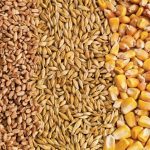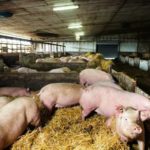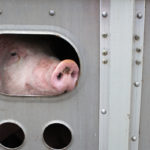
Tag Archives Animal welfare

Farm building code streamlined
The provincial government says the move is part of its red tape reduction initiative

Bad habit or coping?
Horse Health: Coping behaviour isn’t a problem to fix, it’s a sign to look for the root issue
Beef 911: Assess the risk when bringing in calves
Mingling animals, transport times, light weights, and even weather can be factors that increase the risk of BRD

Livestock industry must prepare for just about anything
Threats can appear from any direction and most aren’t even on the radar

CFIA proposes new humane livestock transport regulations
The proposed regulations cover everything from assessment of livestock’s fitness for transport to dealing with unfit and compromised animals and hot and cold weather
Beef 911: We need to do better when it comes to castration
Doing it early and properly brings benefits to the producers, addresses animal welfare concerns, and prevents problems later on

Nestle pledges cage-free eggs for Canadian wares

On-farm cost-sharing program quickly taken up by producers
Farmers say the program has helped them to keep operations up-to-date and more able to adapt

Beef 911: The revised Beef Code of Practice a win for everyone
Everyone involved in the cattle industry should keep a copy handy and consult it frequently

Providing the proof consumers want on animal care
DFC’s proAction animal welfare assessment program helps farmers demonstrate that high standards are being met


